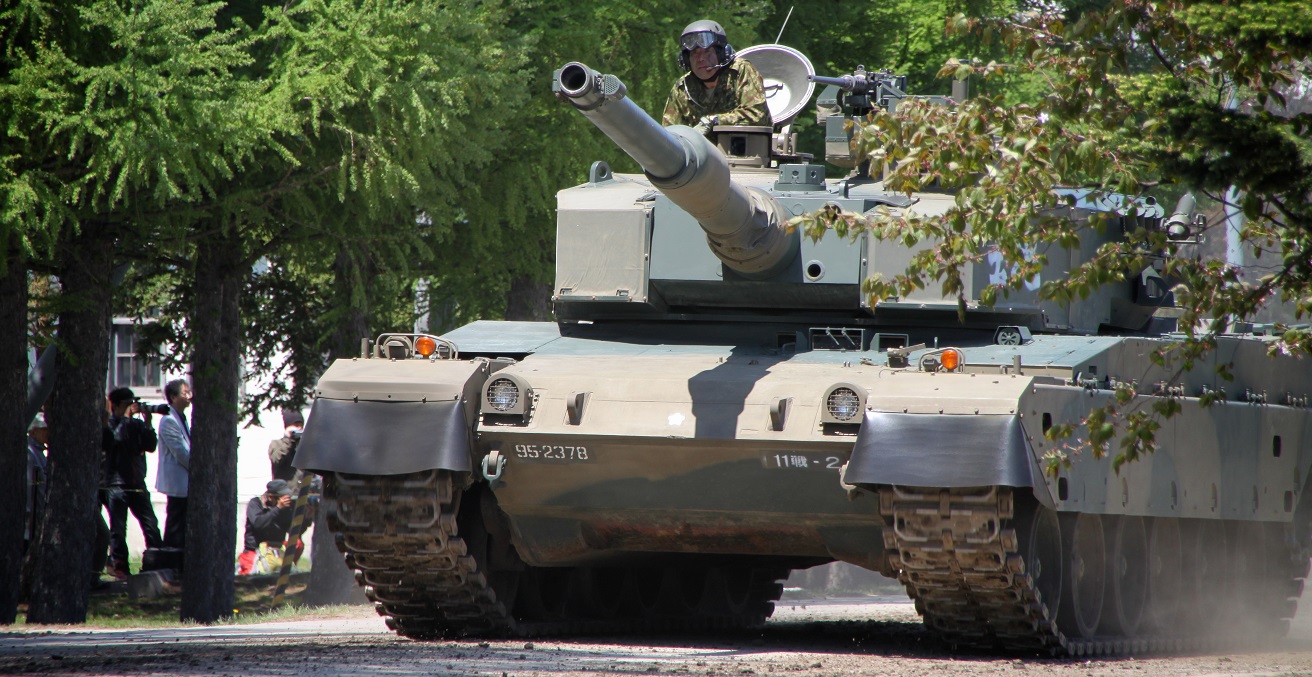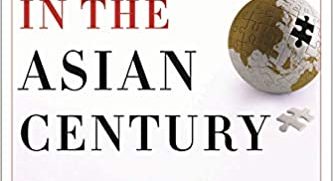Japan’s New Arms Export Policies: Strategic Aspirations and Domestic Constraints

Pledging to “reclaim” Japan’s strength in international affairs, the Abe government overturned Japan’s long-standing “virtual” ban on weapons exports. Japan has since pushed for joint research and export of arms technology.
In contrast to the common depictions of Japan as a “peace state” (heiwa kokka) or a maritime mercantile nation, the cover of the June 2016 issue of the liberal monthly magazine Sekai asked if Japan is developing into a ‘merchant of death state’ (shi no shōninkokka). This headline drew attention to the changes in Japan’s arms exports regulation following Abe Shinzō’s comeback in late 2012—a topic that has so far received insufficient scholarly attention.
Japan’s restrictive arms export policy became institutionalised between 1967 and 1981. Public debates were triggered in the mid-1960s by revelations about controversial military-related exports to US forces involved in the Vietnam War as well as reports of the University of Tokyo’s provision of rocket technology to Indonesia and Yugoslavia. Under Diet questioning, Prime Minister Satō Eisaku stated in 1967 that Japan would not export arms to countries of the Communist bloc, countries subject to embargoes under UN Security Council resolutions, and countries engaged or likely to be engaged in international conflicts. These conditions became widely known as the ‘Three Principles on Arms Exports’.
The policy changes instituted under Abe are driven by deepening concerns about Japan’s shifting regional security environment and about the lack of international competitiveness of Japan’s defence industry. From around the mid- to late-1990s, representatives from Japan’s policymaking and defence industry community began to debate more substantial changes in the country’s defence production and export policies. They worried that Japanese companies were falling behind in international competitiveness, given trends towards increasingly complex weapons technology and the high risks associated with the development of such systems.
At the same time, Japan’s procurement budget was decreasing due to the country’s economic stagnation and the one percent GDP cap on defence spending. Concerns were amplified by the perceived deterioration of the regional security environment with North Korea’s advances in missile and nuclear technology as well as China’s rise in military capacities.
In response to these trends, the Abe government has sought to craft new compromises on the parameters of acceptable state behaviour, including in the area of arms export policies. It views international cooperation in the arms sector as integral to an overall security policy strategy of a ‘Realpolitik Japan’.
From this perspective, international arms cooperation helps to cement both old and new security partnerships and to hedge a rising China. The idea of using arms exports as a foreign policy tool has gained prominence under the DPJ-led government and especially under the Abe administration. By that logic, Japan can promote closer relations with like-minded countries and foster interoperability by engaging in defence equipment cooperation
In particular, the Abe government has sought to strengthen security relations with Australia, India, and several Southeast Asian countries in what has become known as Japan’s ‘pivot in Asia’. In practice, Abe’s pledge in 2013 to restore a ‘strong’ Japan entails measures to diversify security relations beyond the traditionally strong dependence on the US, thereby offsetting China’s rising clout in regional affairs. Towards that end, arms exports can serve as a ‘bonding agent’ with like-minded countries, according to Koda Yoji, former Vice Admiral of the Maritime Self-Defense Forces.
However, the Abe administration’s strategic aspirations are met by domestic limitations. A major constraint for policymaking is the reluctance of the corporate defence sector to engage in major arms deals. Companies cite a number of business risks in international arms sales, including public opposition and anti-militarist sentiments in general.
In contrast to other countries with companies that make their revenue exclusively or predominantly from defence-related sales, Japanese firms tend to earn only a small share of their overall business in the military sector. Even leading defence contractors such as Mitsubishi Heavy Industries or Kawasaki Heavy Industries make less than 10 percent of their revenue from defence-related sales. Consequently, Japanese companies are cautious about the reputational costs of arms-related business that could jeopardise the civilian sales side.
Indeed, scepticism about arms exports is prevalent among the Japanese public. For example, according to an April 2014 poll, only 17% percent of respondents supported the Abe administration’s export policy change, while 77% opposed it. Observers believe that revelations about a controversial export deal or misappropriation of exported equipment could quickly rouse the public’s anti-militarist sentiments.
It is important to note that changes in government-corporate relations rarely shift rapidly, but rather in an incremental fashion. Earlier studies on Japan’s space industry have demonstrated that the ‘militarization’ of dual-use-technology can positively impact the investment outlook and competitiveness of corporations involved while stimulating innovation. A similar trend of ‘militarization’ may be observed in cyber-technology as Japan is moving forward to increase its defence capabilities in this sector.
However, given the obstacles discussed in this article, it remains unlikely that a ‘Realpolitik Japan’ will become an exporter of major weapons systems. Rather, it is more likely to focus on less prominent deals to supply components of arms, which cause less public controversy. The export of non-lethal equipment, such as surveillance planes and patrol boats, is also likely to find more acceptance among the anti-militarist public. Moreover, Japan is likely to emphasise joint development of defence equipment by cooperating with the US and other partners.
Alexandra Sakaki is a Senior Research Associate in the Asia division at SWP (German Institute for International and Security Affairs), an independent think tank that advises the German government on foreign and security policy issues. She is co-author of the monograph Reluctant Warriors: Germany, Japan, and their U.S. Alliance Dilemma.
Sebastian Maslow is Senior Lecturer in International Relations at Sendai Shirayuri Women’s University. He was previously Research Fellow at the Institute of Social Science at the University of Tokyo. Sebastian’s research interests cover Japan-North Korea relations, and contemporary Japan’s security and defence policies. His research has been published in Asian Survey and Pacific Affairs. He is the co-editor of Risk State: Japan’s Foreign Policy in an Age of Uncertainty.
This is an extract of Sakaki and Maslow’s article in the Australian Journal of International Affairs titled, “Japan’s new arms export policies: strategic aspirations and domestic constraints.” It is republished with permission.





